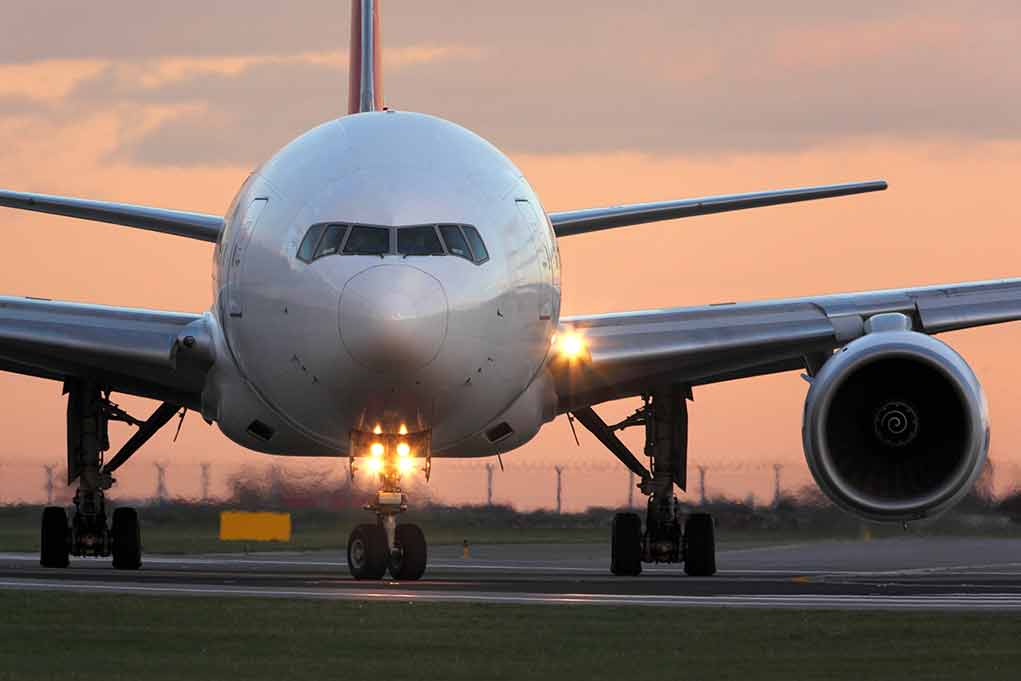
The Transportation Department will pay air traffic controllers significantly higher salaries and bonuses to address a critical 3,000-person shortage threatening America’s aviation safety.
Key Takeaways
- Transportation Secretary Sean Duffy announced a comprehensive plan to address a shortage of 3,000 air traffic controllers at the FAA
- New incentives include a 30% salary increase for new hires, a $5,000 academy completion bonus, and retention bonuses for senior controllers
- The streamlined hiring process aims to reduce the 35% trainee washout rate at the FAA Academy in Oklahoma City
- The Department of Transportation expects to achieve full staffing within 3-4 years through these initiatives
- Additional technology and infrastructure upgrades to support air traffic control operations will be announced soon
Critical Workforce Shortage Threatens Aviation Safety
The Department of Transportation has launched aggressive new initiatives to address a severe shortage of air traffic controllers that has reached crisis levels. With a current deficit of approximately 3,000 controllers nationwide, the Federal Aviation Administration (FAA) has been operating with a dangerously thin workforce, putting pressure on existing staff and potentially compromising the safety and efficiency of America’s airspace. Transportation Secretary Sean Duffy’s new plan aims to reverse this trend through substantial financial incentives and process improvements designed to both attract new talent and retain experienced controllers.
The controller shortage has been brewing for years, with mandatory retirement at age 56 and an increasing rate of early retirements depleting the ranks faster than new controllers could be trained. The complex and demanding nature of the job, combined with a cumbersome hiring process, has made it difficult to maintain adequate staffing levels at many of the nation’s air traffic facilities. With air travel projected to continue growing, addressing this workforce gap has become a top priority for the Transportation Department under President Trump’s administration.
Butigieg promoted DEI as Joe Biden's Secretary of Transportation in a panoply of ways:
– In December 2020, Buttigieg “shared his priorities of safety, climate, equity and jobs as the four pillars that will drive the work he does at the Department” of Transportation (DOT).
– In…— Rev. Ben Johnson (@TheRightsWriter) February 26, 2025
Substantial Financial Incentives to Attract and Retain Talent
At the heart of the DOT’s strategy is a significant financial package designed to make air traffic control careers more attractive. New hires will receive a 30% salary increase, addressing one of the main barriers to recruitment in a field that demands intense training and high-stress working conditions. Additionally, trainees who complete the FAA Academy program in Oklahoma City will receive a $5,000 bonus, providing an immediate reward for getting through the challenging qualification process and helping offset relocation costs for those beginning their careers.
Current controllers haven’t been forgotten in the plan. Through a new agreement with the National Association of Air Traffic Controllers, senior controllers approaching retirement age will be offered substantial retention bonuses to keep their expertise in the system longer. The department has also implemented location-based incentives, offering signing bonuses to controllers willing to work at less popular tower locations that have historically been difficult to staff. These comprehensive financial packages represent a serious investment in aviation infrastructure that addresses both ends of the career pipeline.
Streamlined Training and Improved Success Rates
Beyond financial incentives, the DOT is tackling the notoriously difficult training pipeline that has created a bottleneck in the controller workforce. The current 35% washout rate at the FAA Academy has been identified as a key inefficiency that must be addressed. Secretary Duffy’s plan includes providing additional resources to help students pass their exams and streamlining the entire hiring process to both speed up recruitment and improve success rates for trainees. These changes acknowledge that simply attracting more candidates isn’t sufficient if the qualification process remains an insurmountable hurdle for many.
The DOT has set an ambitious but necessary timeline, aiming to achieve full staffing within 3-4 years. While the financial incentives are expected to remain in place for several years, they represent a strategic investment rather than a permanent cost increase. By rebuilding the controller workforce to appropriate levels, the department expects to reduce overtime costs, minimize burnout, and ultimately create a more sustainable and safer air traffic system for American travelers. Technology and infrastructure upgrades to support these human resources will be announced soon, completing the comprehensive approach to modernizing America’s air traffic control system.












